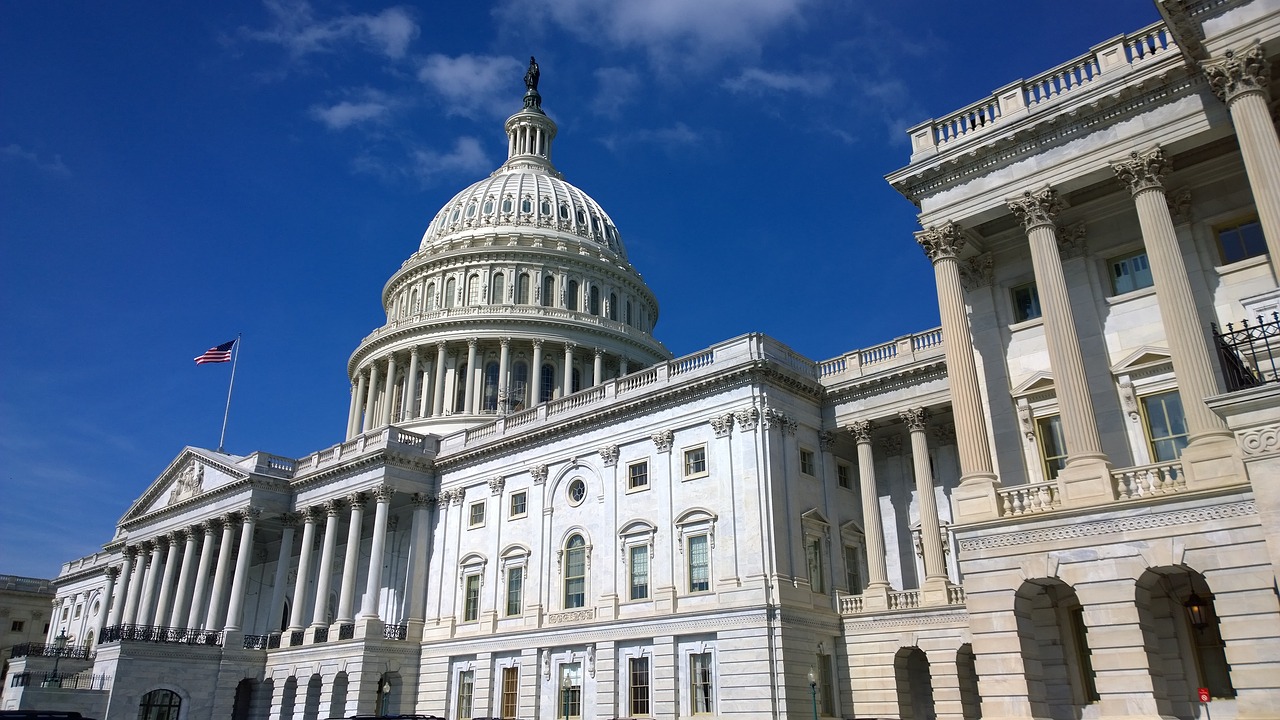On Oct. 19, 2017, the Senate passed a budget blueprint and sent it on to the House for approval. The budget resolution outlines federal spending and revenues but, in order to become official, it must match the blueprint passed by the House a few weeks ago.
While both the House and Senate versions aim to reduce the deficit, over the next 10 years, the House’s version calls for a tax plan that doesn’t increase the deficit while the Senate’s version would allow for a tax bill that adds up to $1.5 trillion to the deficit over that same 10-year period.
How Does This Usually Go?
In a perfect world, both houses of Congress would pass a budget blueprint – like those just passed this month – by April 15. This would then give House and Senate Appropriations Committees the time they need to work on, and ideally pass, their spending bills by the Oct. 1 start of the fiscal year. This year, however, in a less- than-perfect manner, the end of the fiscal year came without appropriations bills for the upcoming year.
Instead, President Trump worked out a deal with Democratic leadership to continue funding the government until Dec. 8. That deal effectively pushed the start of the fiscal year, to mid-December — giving Congress a few more weeks to finalize their appropriations bills.
What Happens Now?
Now that the Senate has passed its own budget blueprint – one that’s different in many ways from the House’s version – it will go back to the House. Since both versions need to match, the differences between the House and Senate blueprints may cause additional delays.
Listening to the pressure he’s receiving from Republican leadership, though, House Speaker Paul Ryan appears to be willing to move forward and pass the Senate’s version of the blueprint. The need to press onward is crucial because, as we noted earlier, without a joint resolution on the blueprint, the respective Appropriations Committees can’t move on to crafting their spending bills.
While this late-night Senate is exciting action for all of us newly initiated political junkies, it’s truly significant because it’s the first step to tax reform. The budget and appropriations bills must allow for tax reform – even if we don’t know what that will look like – so the reconciliation process can be used to pass the actual tax legislation with 51 votes in the Senate.
If the House takes up the Senate’s version of the blueprint, the budget blueprint will include the ability to enact $1.5 trillion in tax cuts, which is the estimated cost of the Republican tax framework. It’s too early to tell if these discussions will target tax exclusions on employer-provided health benefits – or welcome developments for employers like an elimination of the ACA Cadillac tax or the expansion of health savings accounts – but we’ll watch for developments should the GOP seek ways to offset tax cuts.
As always, stay tuned to our Washington Updates as we track tax reform’s progress from framework, to budget blueprint, to proposed legislation and outline the impact this could have on all of us.





